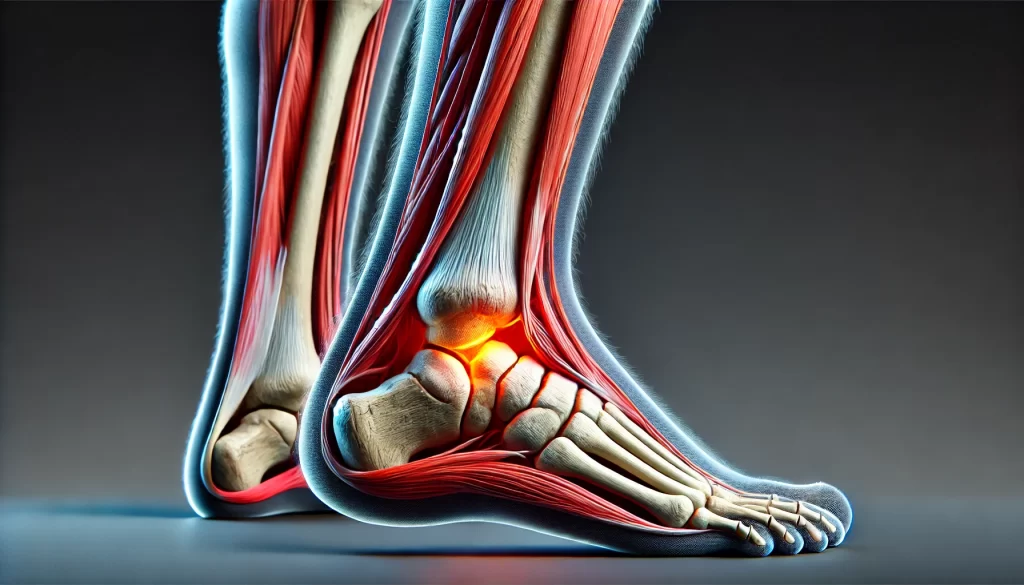Achilles Tendinopathy: Causes, Symptoms, and Management
Overview of Achilles Tendinopathy
Achilles tendinopathy, often referred to as tendinitis, is a condition characterized by pain, stiffness, and swelling of the Achilles tendon—the tissue connecting your calf muscle to your heel. If you are experiencing persistent or new symptoms, it’s essential to seek a healthcare professional’s assessment and diagnosis.
Symptoms of Achilles Tendinopathy
Symptoms of Achilles tendinopathy can vary in severity and may develop gradually or appear suddenly. Common symptoms include:
- Swelling around the tendon.
- Pain that worsens during or after movement or exercise.
- Stiffness in the morning or following periods of rest.
- Tenderness to the touch.
- Mild heat in the affected area.
- Loss of movement and strength in the ankle and foot.
Some individuals may experience one or multiple symptoms, and their severity can differ from person to person.
Causes of Achilles Tendinopathy
Achilles tendinopathy can develop in both active and inactive individuals. Common contributing factors include:
- Changes in activity: Sudden increases in exercise intensity, taking up a new sport, or changes beyond your usual strength or endurance.
- Prolonged standing: Long periods spent standing can put strain on the tendon.
- Improper footwear: Wearing shoes that don’t provide adequate support for your activities.
- Sedentary lifestyle: Lack of physical activity may lead to weakened muscles and tendons over time.
- Smoking.
- Other health conditions: Being overweight, having diabetes, or suffering from inflammatory arthritis.
Managing Achilles Tendinopathy
Managing Achilles tendinopathy can be a gradual process, often taking several months. To aid in recovery:
Pain Management
- Painkillers can help manage discomfort. Consult a healthcare professional for appropriate options.
- Maintaining activity is crucial—complete rest does not usually promote healing. Instead, try to maintain as much of your regular daily activity as possible, modifying your routine if necessary by taking breaks, reducing intensity, or switching activities.
Exercise
- Guided exercises provided by a healthcare professional are important for recovery. While waiting for professional guidance, continue gentle exercises even if it causes temporary discomfort, as long as the pain returns to baseline levels within a few hours.
When to Seek Help
If your symptoms do not improve within 12 weeks or worsen despite following self-care recommendations, it is advisable to consult a healthcare professional.
Mental Wellbeing
It’s essential to care for your mental wellbeing while managing any health condition, as it can affect your recovery process. Reach out for support or explore resources to help maintain a positive mindset.
For further support, explore how to access MSK (musculoskeletal) services in your area.







